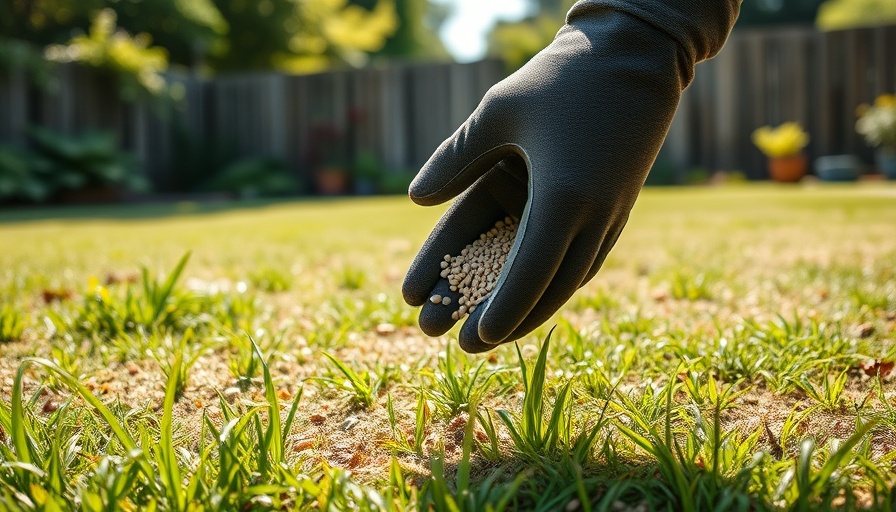
Mastering the Art of Succession Planting for a Thriving Fall Harvest
As the cooler months of fall approach, gardening enthusiasts can take advantage of a method known as succession planting. This technique not only maximizes your harvest but also keeps your garden productive until the frost arrives. Understanding how to effectively navigate the planting of various crops in intervals can lead to continuous production and enjoyment throughout the fall season.
What is Succession Planting?
Succession planting refers to the practice of sowing seeds of the same crop at different times to ensure continuous harvests. Instead of planting all your seeds at once, you opt for staggered sowing. This method is particularly beneficial in the fall, where mild temperatures create ideal conditions for quick-growing crops such as radishes and leafy greens. For instance, by planting a fresh round of kale every few weeks, you extend your harvest window significantly.
Choosing the Right Crops for Fall Successions
When planning for fall succession planting, consider crops that thrive in cooler temperatures. Root vegetables—like carrots, beets, and radishes—are known to flourish as the days shorten and the weather becomes crisp. Similarly, leafy greens such as lettuce, spinach, and kale are perfect candidates for consecutive planting. They offer fast turnaround times while also enhancing the nutrient profile of your diet in the cooler months.
Steps to Successfully Implement Fall Succession Planting
1. **Plan Your Garden Layout**: Identify your garden’s layout and decide where you can fit successive plantings. Utilizing raised garden beds or constructing outdoor soil beds can help create designated spaces for your crops.
2. **Prepare the Soil**: Ensure the soil is healthy and rich in nutrients for optimal growth. Incorporate compost and organic matter into your soil, which can be achieved by building a composting barrel in your backyard.
3. **Monitor Durations**: Keep track of the average days to maturity for each crop. This ensures that you’re staggered plantings are timed correctly, allowing you to reap the benefits over an extended period.
Grow-at-Home Success Tips
For gardeners in the Muskegon area interested in making the most of their fall gardens, here are some local-focused tips. Building elevated planter boxes can greatly assist in managing plant health and pest control while providing visual appeal to your yard. Additionally, consider automating watering systems for your plants with homemade watering devices to simplify care and ensure consistent hydration during dry spells.
The Emotional Benefits of Gardening through Fall
Engaging with your garden during fall offers more than just fresh vegetables. The act of planting and harvesting can serve as a therapeutic outlet, relieving stress while connecting you with nature. Each time you step out into your garden, you witness the rewards of your labor, cultivating a sense of accomplishment and joy.
Conclusion: Your Local Gardening Resource
As you prepare for a fruitful fall season, consider reaching out to local lawn care experts for advice and assistance tailored to your garden’s specific needs. Norther-LawnCare.com offers top-notch services for all your lawn care and property management needs, ensuring your garden remains vibrant and productive. Call them at Everett Lucas 231-450-3414 today!
 Add Row
Add Row 
 Add
Add 


Write A Comment